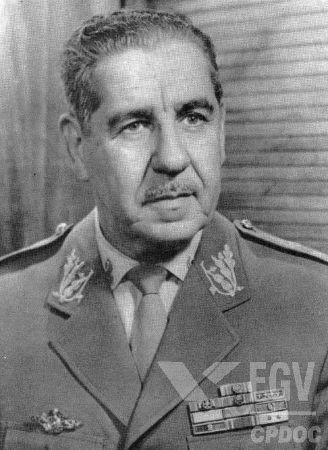The first war represents a moment of accelerated development for Brazilian industrialization. As Brazil is geographically complex, with its distant and poor units, it represented an incipient internal market. Only through the fiscal and protectionist measures of certain governments can a cottage industry be located in the late nineteenth and early twentieth centuries. With the War, imports of products became more difficult, encouraging the emergence of new industrial branches. As this is a process of transforming the structures of certain geographic areas, it is a slow process. This expansion is led by the South and East regions, as they are rich and climatically varied.
The elements of capitalist accumulation are the application of small capital and low wages, which added, in addition to normal profits, by inflation and by the application of part of the coffee profits, due to the prohibition of new planting in 1902.
After 1914, big industries and a concentration of workers appeared. Heavy industry takes its first steps and will partially occupy a market that demands self-sufficiency, which was only achieved during the Second World War, in Volta Redonda. Paradoxically, foreign subsidiary industries of oil and oil products, chemical and pharmacists, who together with foreign trusts, grow in line with the needs of the parents.
The ruling classes do not support this expansion, as it is basically formed by landowners. Industry will only surpass agrarian activity after World War II. It was only during the government of Afonso Pena that the need for a balance between industry and consumer was understood. In the government of Hermes da Fonseca and Venceslau Brás, there was an attempt to review customs duties. War precipitates the solution, where, there is a need to develop industrial resources of energy and iron.
Due to the war, great fiscal difficulties occur, leading the country to accelerated inflation, where the currency stock exceeds one million contos de réis from the treasury issue, not counting the issues banking. President Epitacio Pessoa (1919-1922) adopts a policy of low exchange rate. With this situation, workers and petty-bourgeois claims increase in relation to the cost of living and housing. This government was the last to attempt an anti-industrialist policy. Subsequent governments had to recognize the need for industrialization.
Unlike industrial production, exclusively for internal consumption, industrial production, exclusively for internal consumption, agricultural production is basically for export.
This primary production increases progressively, resulting in a credit balance for Brazil, where it was allowed to cover external commitments and supply some internal needs. With the competition of African and Asian plantations, where there is application of large capital and use of rational technique, with cheaper labor and a favorable climate, made certain products of Brazilian exports from the First World War onwards. declining.
Coffee, in turn, had several factors in its favor. Brazil, which had ¾ of the world production, was expanding in the purple lands of São Paulo, Rio de Janeiro and Minas Gerais, mainly. It continuously increases its production due to foreign capitalist interests, which mainly participated in its distribution. Due to the fact that consumption is smaller than production, it is felt as a consequence of the accumulation that took place after the Crisis of 1893.
With these protectionist actions, which guaranteed stability, war, in a country like Brazil, a vicious circle between good prices and more investments of capital in new crops, resulting in an accumulation of stock that tended to crisis, unfolded and ended. 1929. (this crisis of 1929 was a world crisis that hit in particular the USA with the Crack of the New York Stock Exchange that after the first war lived a strengthening of their economies because everything they produce is exported to Europe, which was destroyed by the war in this period, were already almost recovered and no longer needed either the loans in American money or products from other countries the surplus production took many of these countries to the economic crisis). In continuation of the prosperous years of war, agricultural and industrial goods run a surplus, relative to imports. After the economic euphoria of 1919, a stoppage and crisis of 1920 followed, accelerated due to the faltering and anti-industrialist policy of the government.
Bibliographic references:
FAORO, Raymundo. (1985), The Owners of Power (6th ed.). Porto Alegre, GLOBO.
WINES, Francisco Luiz Teixeira. Brazil and the First World War. Rio de Janeiro: Brazilian Historical and Geographical Institute, 1990.
Text written by Patrícia Barboza da Silva
October 26, 2006
Do not stop now... There's more after the advertising ;)
Brazil Republic - history of Brazil - Brazil School

